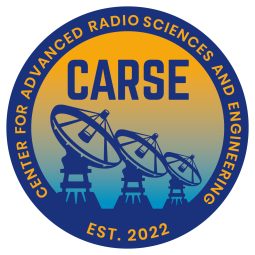Design of an integrated mm-wave front-end for spctrum monitoring applications
This project consists in the development of a millimeter-wave receiver front-end, characterized by its Size, Weight, and Power plus Cost (SWaP-C) requirements. The front-end encompasses a low-noise amplifier and a self-oscillating mixer that will be seamlessly integrated with the antenna system. For the receiver design, a MMIC PH15 process based on a 0.15 microns gate Pseudomorphic High Electron Mobility Transistors (0.15 microns P-HEMT) technology from UMS has been selected. This is a type of field-effect transistor (FET) commonly used in high-frequency and have been shown to be ideal for the design of low-noise amplifiers (LNAs). The cascode topology was selected for the LNA, which makes it unconditional stable. Through parameter optimization, we successfully designed a Low Noise Amplifier (LNA) with a peak gain of 8.4 dB for single stage and noise figure of 0.75 dB. Additionally, a Voltage- Controlled Oscillator (VCO) was designed using the varactor diode model to generate frequencies with a bandwidth of 10 GHz. The subsequent phase involves integrating the VCO with the mixer in a current reuse topology. These advanced receiver systems are specifically tailored for employment within distributed spectrum monitoring systems, as well as integrated arrays designed for the purpose of interference mitigation.



